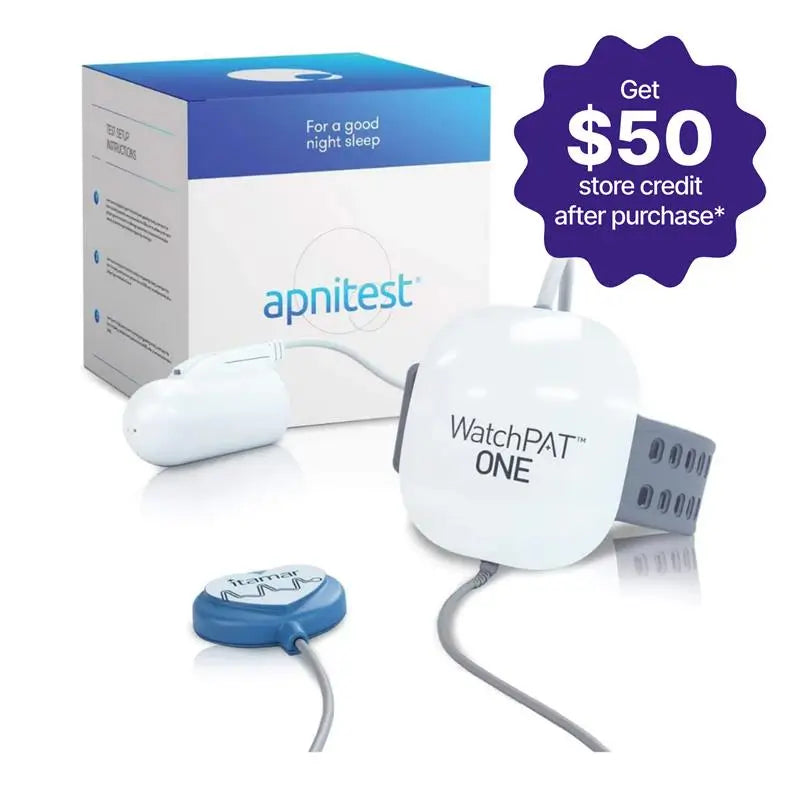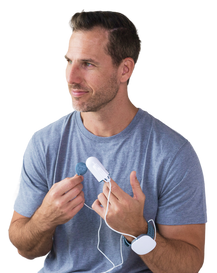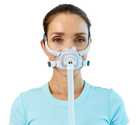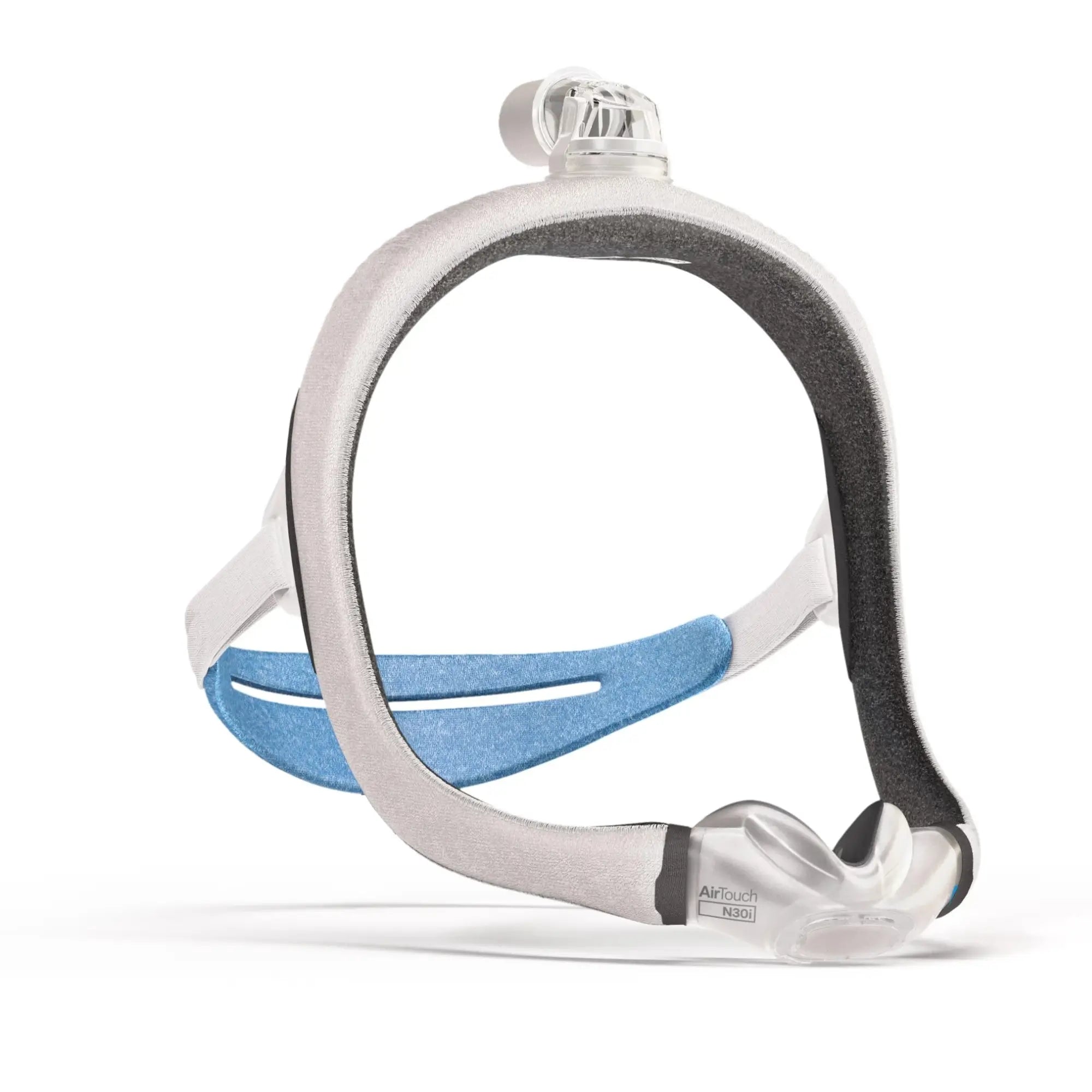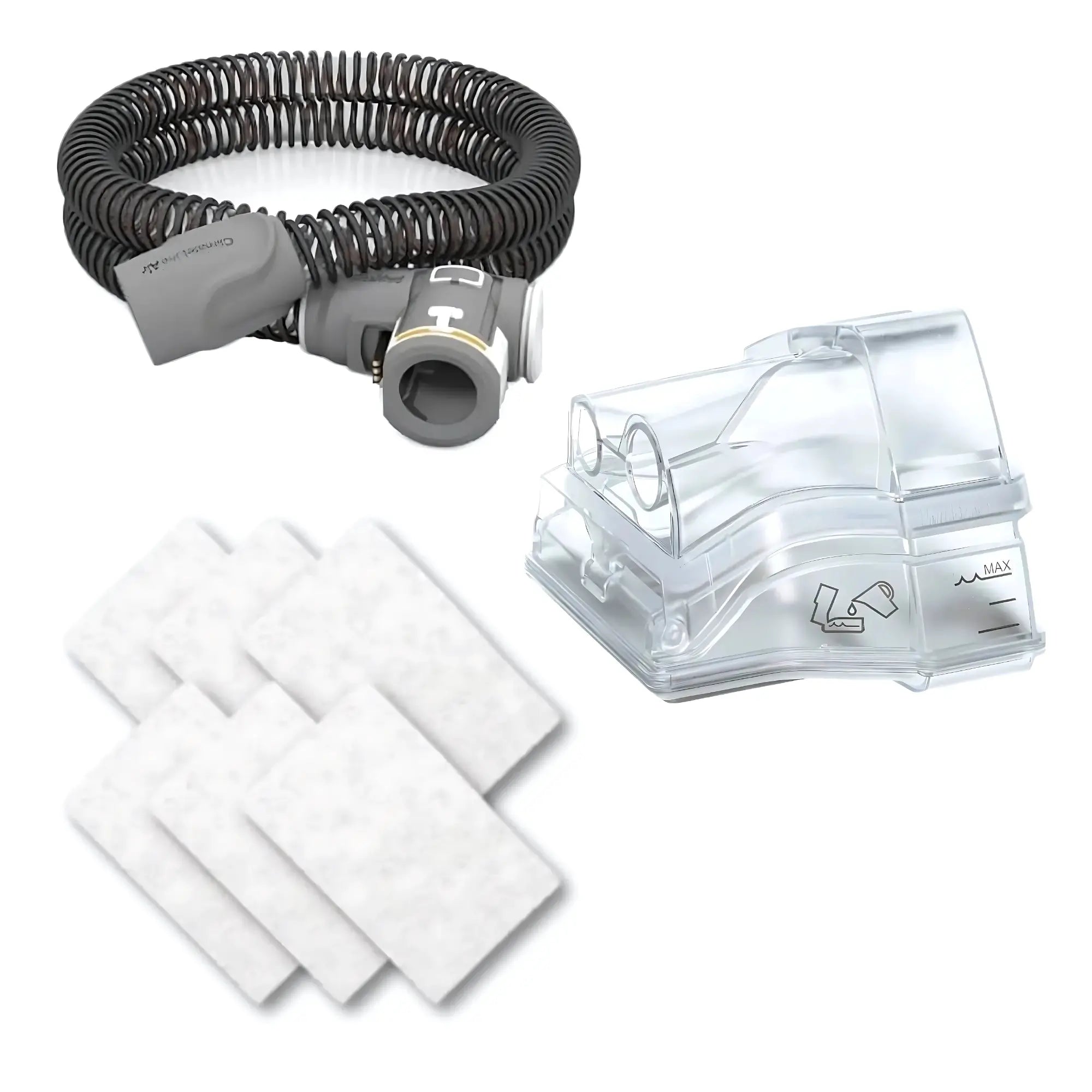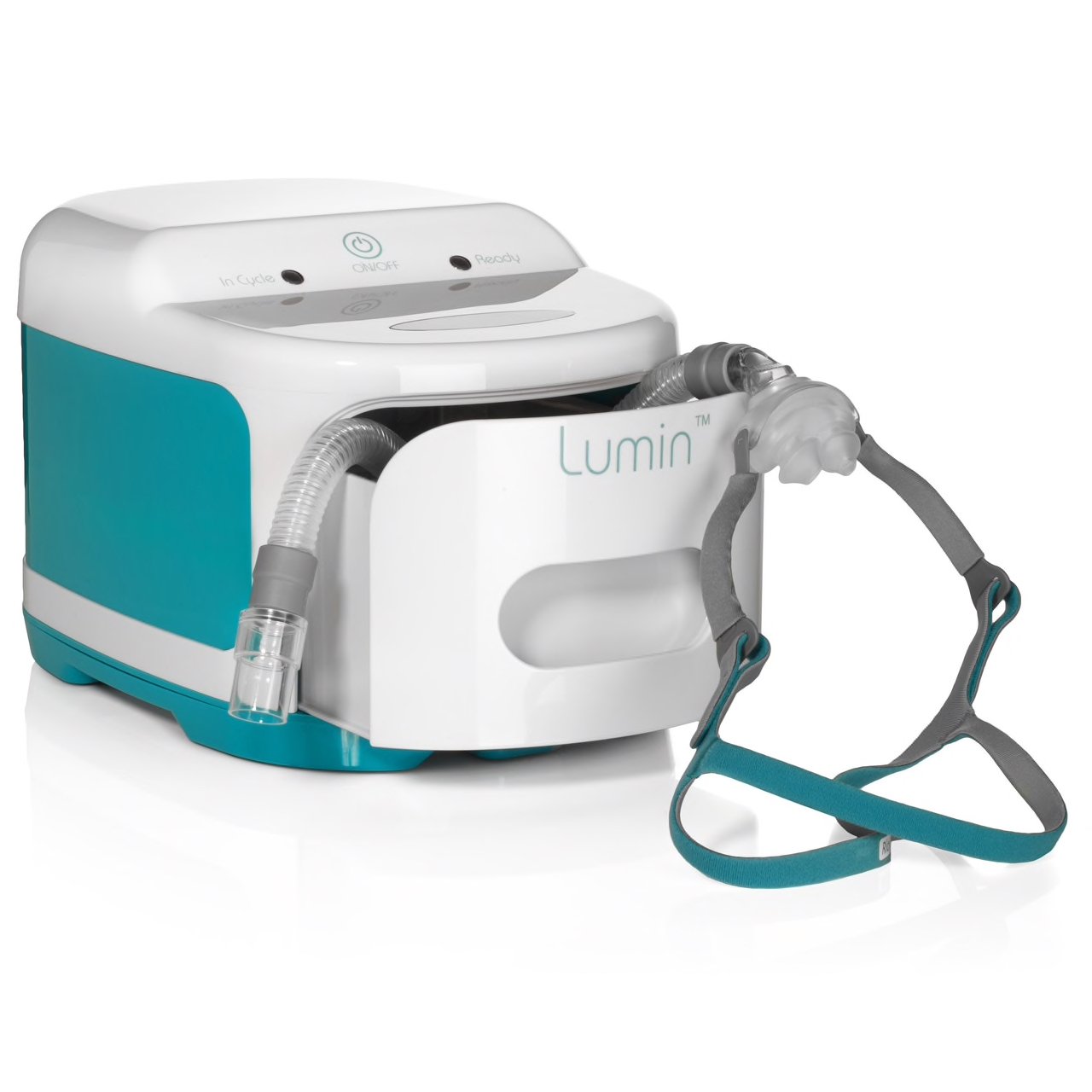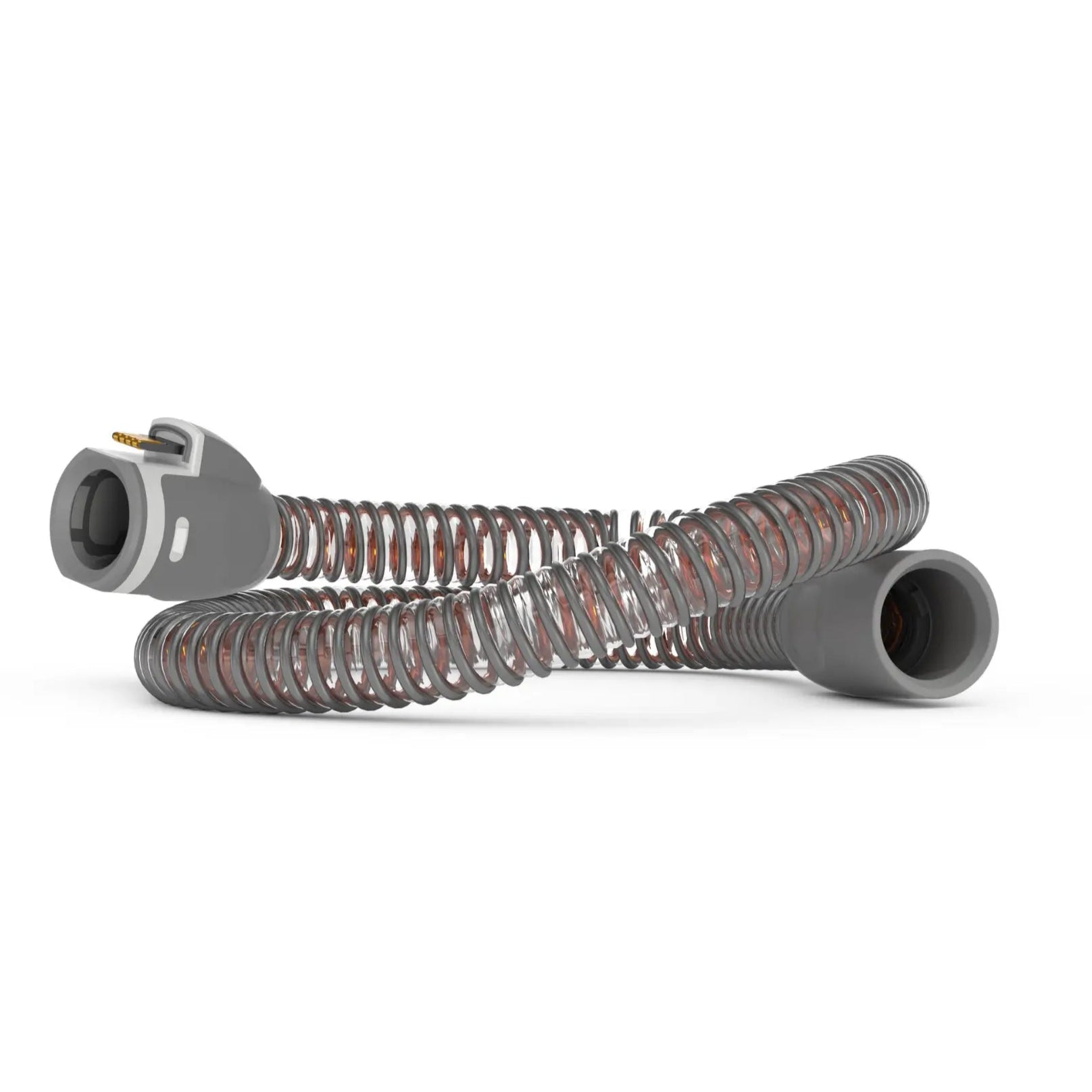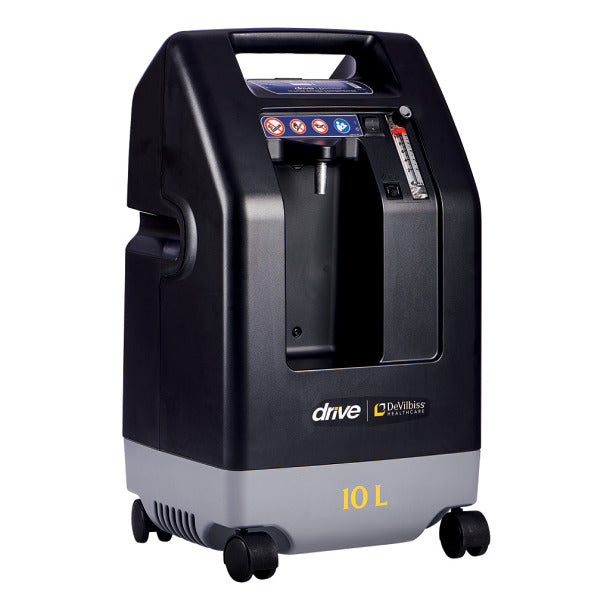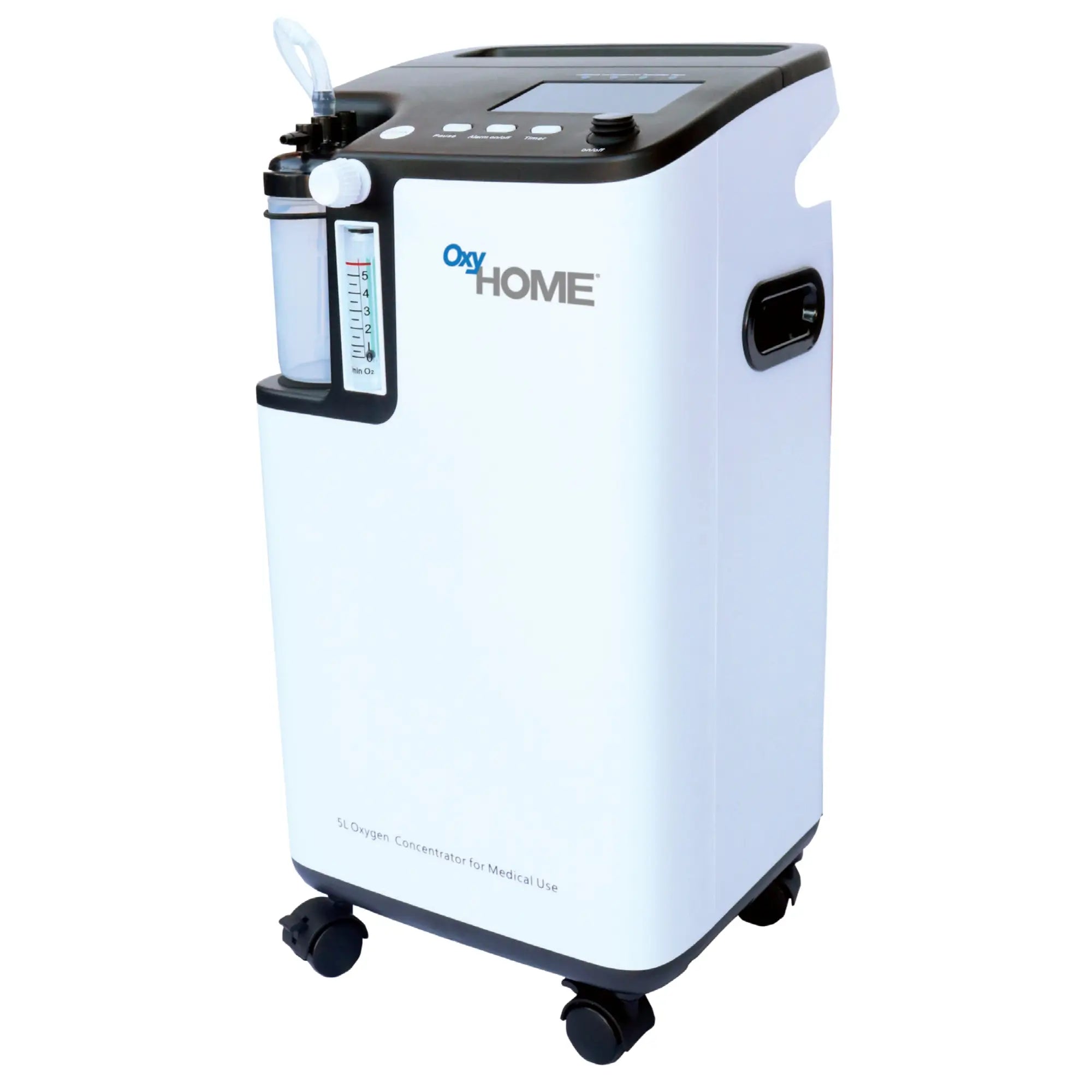If you or one of your family members suffer from Chronic Obstructive Pulmonary Diseases (COPD), then we’re sure that you’re aware of how frustrating these diseases can be. COPD can restrict your ability to breathe properly and make it impossible for you to get a good night’s sleep.
Over the years, medical research has evolved and come up with ways of solving this issue. Although there isn’t any permanent cure for COPD, there are methods that you can use to lessen the symptoms of this condition.
Of these methods, the two most popular ones are the CPAP machine or continuous positive airway pressure and the BiPAP machine. If you want to know how a BiPAP machine compares to a CPAP, check out our blog post to find more details. However, if you need a complete guide on what is a BiPAP, you’re in the right place. In this article, we’ll tell you all you need to know about BiPAP.
So What Is a BiPAP Machine and How Exactly Does It Work?

A BiPAP or bilevel positive airway pressure machine is a device that will help you to breathe effortlessly. As the name suggests, a BiPAP machine offers two air pressure levels as opposed to the CPAP machine, which offers only one.
To understand how this works, you’ll need to know a bit about how respiration takes place. When you breathe in, your diaphragm moves down, and your lungs fill up with air. When you breathe out, your diaphragm then goes back to its normal position, allowing you to let the air out of your lungs.
When you suffer from COPD, this function doesn’t work as well as it does in normal lungs. This could be because the air sacks of your lungs don’t fill up entirely due to some damage, or there’s a lot of mucus blocking your airways, or there could be many other reasons for this. It basically means that you don’t have enough air coming in to meet your body’s oxygen requirements.
This is where a BiPAP, sometimes called a BPAP machine arrives to rescue. BiPAP therapy provides the air pressure to ensure that your airways stay open and you breathe properly. The device uses two levels of air pressure settings, one for exhalation (also known as EPAP pressure) and one for inhalation (also known as IPAP or inspiratory pressure). When you’re inhaling, high pressurized air is used, and when you're exhaling, the machine makes use of low pressure. A BiPAP machine is used in the treatment of COPD, obstructive or central sleep apnea, and other neurological lung conditions.
You are required to use BiPAP masks to connect your respiratory system to the machine. There are many types of BiPAP face masks that you can look for like full-face or nasal masks. Check which one is the most comfortable for you.
So How Do You Figure Out if You Need One?

A BiPAP machine is a positive pressure ventilation machine that applies positive air pressure when you’re breathing in and out. However, unlike the CPAP machine which provides a single pressure range, the airflow pressure that the BiPAP applies is varied.
CPAP therapy applies the same amount of pressure during inhalation and exhalation, but the BiPAP will apply higher air pressure while inhaling and a lower pressure during exhalation. This could be why you’re having trouble using a CPAP machine- you find it hard to exhale; a BiPAP machine can be a better alternative.
Additionally, it’s possible to change the settings on a BiPAP machine to measure the time between breaths that you take. So, if there’s a long gap between two breaths, the machine will regulate the pressure accordingly
If you’re suffering from any of the following illnesses, then you might want to talk to your medical professional about whether you should use a BiPAP machine:
- Obstructive sleep apnea (OSA)
- COPD
- Obesity Hypoventilation Syndrome(OHS)
- Chronic bronchitis or Emphysema
- Feeble breathing due to a surgery or another medically related reason
- Congestive heart failure
It is to be noted that the choice between a CPAP or a BiPAP machine depends greatly on your medical diagnosis especially if you are a sleep apnea patient. You might want to consult your doctor who may need to perform a sleep study to figure out if this machine is the right one for you.
The Dangers of a BiPAP Machine:
The BiPAP machine is typically a safe alternative to the CPAP; however, there are a few things you need to bear in mind before you make a choice. The BiPAP machine is not for you if you breathe weakly or if you have trouble swallowing. Bring these symptoms up when consulting your doctor, and they’ll be able to provide you with a better alternative.
Additionally, although many people prefer the BiPAP pressure difference, it could be challenging to get used-to for others. If you’ve previously used the CPAP machine or any other alternatives, the BiPAP could be a jarring change for you and could make sleeping hard for you.
One of the other downsides to a BiPAP machine is that they’re typically more expensive than CPAP. This might be a deciding factor for you if you don’t have any particular preference for one over the other.
Quite a few of the side effects caused by BiPAP are shared with CPAP as well. This is to be expected as both of these machines use positive air pressure with a tiny difference.
Some of the common side effects that can be caused by a BiPAP machine include:
- Dryness of the nasal cavity or mouth
- Irritation of the skin around the mask
- Reduced air pressure due to the leaking of the machine
- Sinus pain
- Stomach bloating
BiPAP Machine Price.

There’s no fixed cost for a BiPAP machine; the price of the device varies across several brands. It can also change based on if you’re looking for additional features like a humidifier, for example.
A regular BiPAP machine with no added features will cost around 650-850$ at the low end, which is more expensive than that of a CPAP machine, which amounts to around 500$ typically.
If you’re looking for a BiPAP machine with a heated humidifier attached, you’ll need to pay a higher price. Typically these machines can cost around 1000$ and above. We have a few options that are available for a reasonable price that includes this attachment.
However, remember to do a bit of research and look around to figure exactly what specifications you’re looking for in your machine. This will help you to figure out what price range you’re looking for.
The cost of BiPAP masks and the tubes are the same as CPAP masks because you can generally use the same masks for both of these devices. . They typically range from around 40$ to around 160$ depending on what type you’re looking for.
A Quick Summary:
Since this is a greatly detailed guide, let us break it down quickly to keep it simple:
- A BiPAP machine offers two levels of pressure, while a CPAP machine will give you only one level.
- It is used by people who are suffering from COPD and other respiratory illnesses.
- The advantage over the CPAP is that it makes exhalation easier.
- A BiPAP machine is typically more expensive than a CPAP machine.
We hope that this article has helped you to learn a lot more about BiPAP machines.
If you’re unsure which machine will work best for you, it’s a good idea to bring this agenda into conversation with your healthcare professional. Keep in mind that whatever device you pick should depend on your medical history as a whole. Come to your conclusion only after you’ve done your research on all the different options that are available to you.


